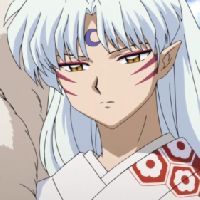"Elder Bairn"
The Elder Bairns from Blood-C may house a deeper meaning under their terrifying skins, or lack thereof. "Elder Bairn" has multiple definitions, coming from the two words "elder" and "bairn," and may have some implications or meanings on what the Elder Bairns are supposed to represent. "Elder" is a generally common word, with two of the important definitions being "of a greater age" and "of a higher rank or position. "Bairn" is more uncommon, and it may add some significance to the phrase as a whole. The definition is "child," meaning "of a small age" or "son or daughter," and it comes from Scotland, which is not necessarily important since the Elder Bairn's origins are unknown and thus could be from anywhere. Anyway, putting the two words and definitions together, "elder bairn" could be defined as "a child of greater rank" or "an older child." This presents both the ideas that the Elder Bairns have a common origin, and also that they are the children of something.
We can look into one perspective of this idea and look at the idea of an elder and a child. An elder in many cultures is seen as a wise person and life guide for the younger generation; they are on their last legs and have experienced great things, thus garnering sympathy and respect, and are often venerated. However, this is not always the case and can hold some problems, because at times, the elders hold decrepit opinions and traditions.
Jizō

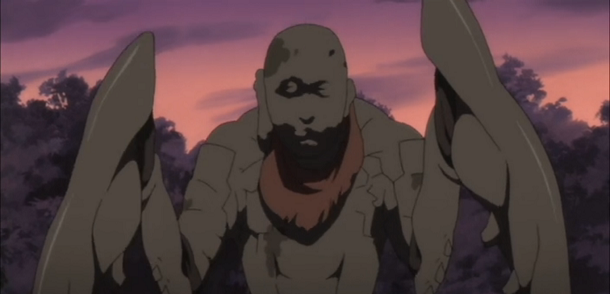
This Elder Bairn stands on a lake, like it has emerged from hell to greet its victim. It closely resembles a Jizō Bosatsu, a Japanese divinity whose aim is to save a soul from the torments of a hell they have gone to for their wrongdoing; and in Chinese Taoism, to petition the 10 Judges of Hell who oversee the ordeal. The 10 Judges of Hell is also transitioned to and related to the 13 Buddhist Deities in the Shingon sect of Japanese esoteric Buddhism. Jizō Bosatsu again also guards the children in the riverbed of limbo, which is perhaps why it is seen on a lake. Considering the Elder Bairns are in danger and are going to be killed in this town, it makes sense that the Elder Bairn would attack the perpetrator of those killings, Saya. And since Jizō Bosatsu is part of the 13 Buddhist Deities, it gives significance to the fact there are 13 "regular" Elder Bairn fights in the series, as though the Elder Bairns are akin to the 13 Buddhist deities, and are trials that signify a deeper meaning. Also, Jizō Bosatsu seeks to teach travelers the ways of enlightenment. However, since the Elder Bairns are man-eating monsters, they would be a perversion of the teachings, so anything they signify would be as a detriment to humans, thus the traditions and teachings alluded to or invoked would be considered detrimental, also, and it really would be a detriment for Saya to learn anything from an Elder Bairn if it tried to teach her.
More importantly, Saya is essentially actually going through hell as she fights the Elder Bairns! And she started it all by killing the "guardian" type Elder Bairn, making it like a gatekeeper.
Bat
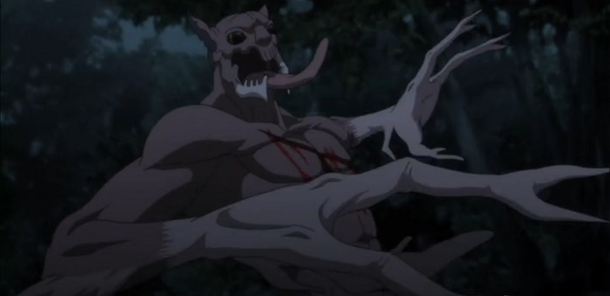
The bat is one of the stealthier Elder Bairns, seen by its quick movements and ability to effortlessly move among the treetops and accurately and acrobatically jump from cliffs. It also has a tight fighting stance, and seems to be a bit more adept at close quarters combat than the previously seen Jizō Elder Bairn. This makes it seem as though the bat is the covert ninja type.
Also, the bat Elder Bairn is similar in appearance to the Jizō Elder Bairn since they both have claws. This may not be a coincidence since the other Elder Bairns in the series were chosen to be very different looks-wise from each other. This aspect could mean the two Elder Bairns are related to each other more closely than the others. Then perhaps the bat Elder Bairn is the leftover remnant of the "children" that the Jizō Elder Bairn was directly related to and "guarded." This idea could be strengthened considering how the bat Elder Bairn's appearance, fight, and death are rather in quick succession and have no build up or tension, which makes the bat Elder Bairn seem like a grunt. Basically, the bat Elder Bairn could be a sort of "training" for Saya, because that is all grunts are really useful for.
Additionally, the bat Elder Bairn is a throwback and reference to the ones in the Blood+ series.
Flower
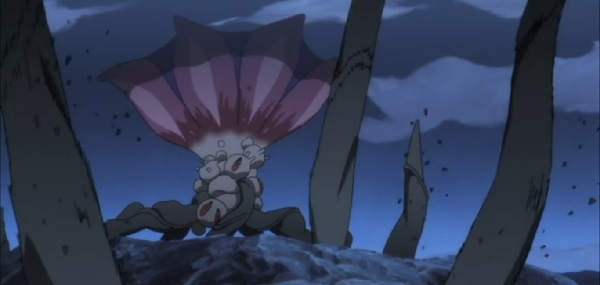
The flower Elder Bairn sits on a hill or mound, sitting idly and without disturbance, invoking the idea that it is a towering figure and is important. A flower straightforwardly represents life. It is a plant, able to use the sun's energy to nourish every animal, including humans. The flower Elder Bairn takes away life from humans, however; but it does supply energy to something. The flower Elder Bairn nourishes itself and its tentacles or roots; these roots or tentacles are what attack. And if the flower Elder Bairn is used to represent a real life entity, then the flower could be a representation of what nourishes the entity, or on the surface itself and the tentacles or roots. In the case of society, what nourishes an unwanted entity, like a corrupt corporation, would be something like the continued usage of its products, or more deeply the psychology of the person that wants to use the products. If two things like that are gotten rid of, then the entity will not be nourished and will eventually die. Thus the destruction of the flower Elder Bairn would represent the destruction of the thing that nourishes the entity, whatever that may be, and the destruction of the the towering figure and the things it uses to attack the society and thus the people.
Train
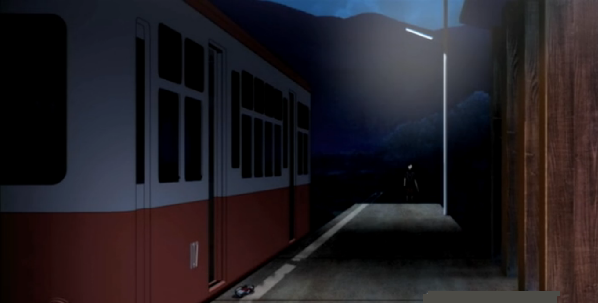
The train Elder Bairn takes the shape of a train and hypnotizes its victim into its clutches. Its appearance as a train and thus mentioning of the idea of a train may be an important aspect. To see that significance, consider how the train is an everyday aspect of many poor working class citizens and students. There are many people doing the same thing over and over and over again - taking a train. They do this because they must to get to work and do what they must to live in a society that requires money. They must work. Now consider how they do it so much that they get used to it, maybe becoming complacent and carefree to the things around them on the train. It is almost as though they are hypnotized, and they are hypnotized by constantly working and taking the train. It seems like a harmless aspect of life for the most part; and it is. However, consider how some countries could feed all of its citizens and house them without a need for them to work. Work for the most part is there to sustain business and to "make advancements," but all business and food could be sustained through rations, and the citizens can advance on their own impetus. So now it seems as though work and the things that come with it are forced upon us. And basically, because of these parallels, the train elder could satirize the monotonous life of the normal citizen, being hypnotized by work and everyday commonalities with no substance. Well, Saya handles that, does she not? "Honor the Strovetide," it says as it dies slowly, Strovetide being "permission to eat people," perhaps paralleling how tradition may "eat" the people in some way, like taking years of their life by forcing them to work. Awesome, Saya!
Bird
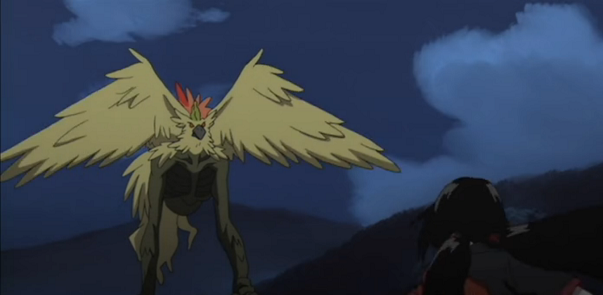
The bird Elder Bairn appears to be related to the Garuda of Buddhist mythology, a winged creature with intelligence and social organization, as seen by how it groups with two other Elder Bairns and can speak. The bird Elder Bairn is the only Elder Bairn that chooses to group with other Elder Bairns, so there must must be some reason for this. A possibility is that it relates to some principles. For one thing, grouping is an important characteristic of the bird Elder Bairn because it relates to an idea: group mentality. The Elder Bairn wants to do what it wants and have others do the same and allow him to do the same. This actually shows a group mentality of all the Elder Bairns, which is something that may not have been seen since the other Elder Bairns are alone and look very different. So since the bird Elder Bairns are in a group, it emphasizes how the Elder Bairns think alike. Furthermore, the idea of a group mentality is a damaging one because it gives power to the people in a group to not have fear about what they are doing and to not believe what they are doing is wrong since everyone else is doing it, so they are stuck doing it. So there must be someone or something that effectively breaks the group mentality. That would be Saya - she is slowly breaking down the Elder Bairn's group structure.
Monk

The monk Elder Bairn seems to be a female anthropomorphic eye clothed in monk attire. Since this puts heavy emphasis on the eye, then any representation it may have must be related to vision. There also must be a relation to the senses since the power of the monk Elder Bairn is to impair vision, ironically.
One interesting thing to note is that the monk clothes and staff can represent religious tradition, since they are indeed the traditional wear of monks. Since the eye represents vision, then it can be said that the monk Elder Bairn represents vision clothed by religious tradition. Furthermore, since the monk Elder Bairn's power is to impair or cut off vision, then that must mean that the monk Elder Bairn could be a symbolic representation of how vision that lies under religious tradition can impair vision if it is present and allowed to affect a person or a group of people, perhaps an entire society. Basically, it would be talking about the idea of religious tradition being a detriment to abstract vision.
More importantly, the monk Elder Bairn and her constant impairing of Saya's vision allows Saya the opportunity to gain the skill to understand her surroundings through a sense that even goes beyond impairment. This is a useful skill when locating the main rabbit Elder Bairn body and killing it. She is able to sense beyond anything that may impair her vision, including what something seems like on the surface.
Centipede

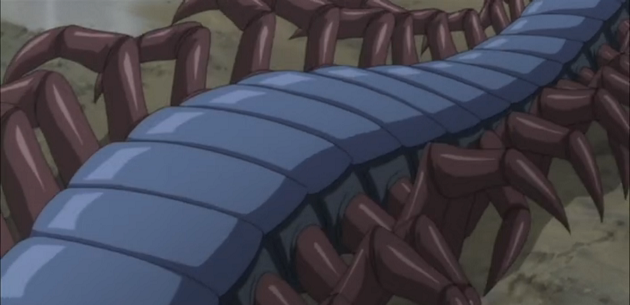
The centipede can be seen represented in Japanese mythology as a fearsome Yōkai called the Ōmukade. The tale goes like this. There is a large centipede monster living near the mountain in Lake Biwa. This large creature terrifies all that come near the bridge which is close by its dwelling, even antagonizing a breed of dragons who could not stop the Ōmukade from killing their fledglings. The dragons were powerless against it, but fortunately for them, a hero named Tawaratoda arrived. He slew the centipede, and thus his descendants were prophesied to have great power.
An important factor in this tale is that the dragons, with their divine power, were saved by a human male. It is a lesson on how to seek the help of others; even from an unlikely candidate, no one is to be underestimated, and everyone has their own power.
This alludes to the battle with the centipede Elder Bairn since Saya is seen talking to the sword, telling it to help her this one time. This personifies the sword, and thus the sword can be represented as the thing that helps, and the centipede Elder Bairn is essentially a strong force like the Ōmukade. So Saya bonds with her sword by relying on its powers and we see the significance of it, and she starts to carry the sword with her at all times after she speaks with her father.
Shadow
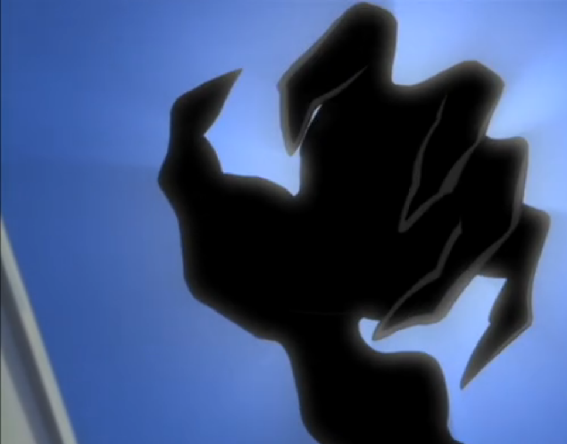
The shadow Elder Bairn can represent the shadow of oneself that can take control of and possess a person to do uncharacteristic things, since that is what it literally does. But Saya kills it, causing a shadow to be cast upon her because her friend dies along with the shadow Elder Bairn.
Samurai
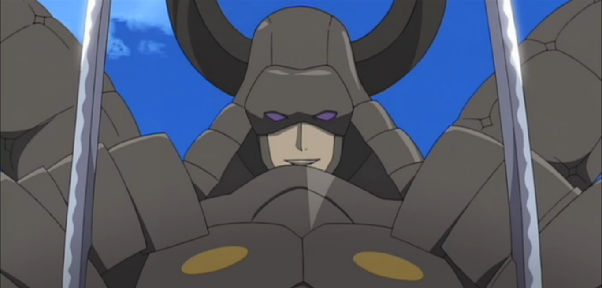
In Buddhist mythology, swords can be symbolic as chopping through abstract things like ideas. In the case of the samurai Elder Bairn, the sword would be trying to slice through Saya's rebellion against the Strovetide, constantly increasing the amount of swords it wields to try to break her down with a continuous barrage. It also taunts her, trying to belittle her, trying to take away the power that she has. But Saya shows her mental strength and kills it, allowing her to grow and get closer to her past form that has a calm and focused mind. So the samurai Elder Bairn represents the breaking down of mental focus. Stay focused.
Spider
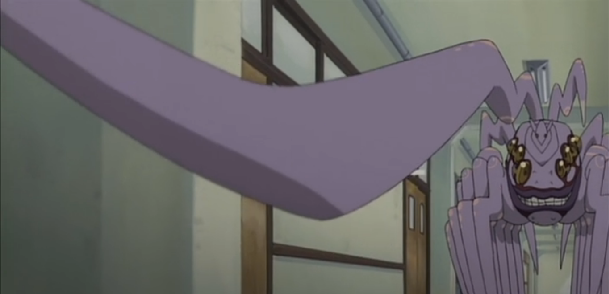
The Tsuchigumo is a spider-like creature, the closest resemblance to the spider Elder Bairn. How it kills Saya's child classmates and causes one of the bloodiest scenes up to that point may be significant. The significance could be related to how arachnophobia is one of the most prevalent phobias in the world, thus spiders can represent and personify fear under normal psychology, and so the spider Elder Bairn is going to be the most gruesome and cause the most terrifying scene of the Elder Bairns seen so far. Since Saya kills the spider, she kills the representation of fear, thus her fear, and perhaps the fear of society.
Incomplete Skeleton
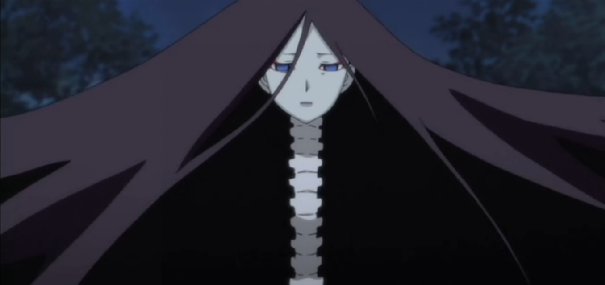
The incomplete elder bairn resembles the Hone-onna. Like the supernatural creature, the incomplete skeleton Elder Bairn seems to hide her skeletal figure, quite possibly using it to lure victims to drain their life just like the Hone-onna. Since the incomplete skeleton Elder Bairn's face does appear mostly normal, she can appear like a normal woman to lure male victims .
She also brings up the quandary of the hypocrisy of demonizing a monster, like a vampire who feeds on humans. Humans likewise eat other animals, but we may demonize something that would eat humans. It is a hypocrisy, although necessary to protect us from predatory things and persons.
Canine
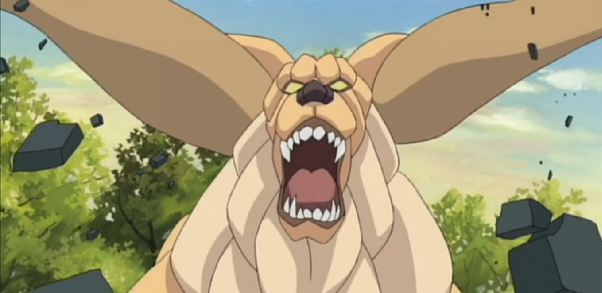
Straightforwardly, the canine-like Elder Bairn culls the defectors which would work against the hell that is the experiment and town and destroy its illusion. Fumito calls the defectors "actors," paralleling how in society there are times when we must act a certain way so as not to garner the wrath of the "watchdogs" of society.
Rabbit

The rabbit Elder Bairn is summoned by way of mirror. Normally speaking, a mirror reflects what is in front of it; but it is actually an illusion. Also, the mirror in Japanese culture represents truth and and self-realization, similar to enlightenment. So when the mirror is broken, so is the illusion, and thus the rabbit Elder Bairn represents what happens when the illusion is broken and the truth is revealed. The people see the monstrosities as they are and panic, whereas the monstrosity tries to hide the truth by killing it. The illusion is wiped out both metaphorically and physically, and so can be the truth. However, Saya wipes out the rabbit Elder Bairn's main body, thus signifying that the main power that tries to hide and destroy the truth to allow the self-realization and enlightenment of the people while keeping the peace.




